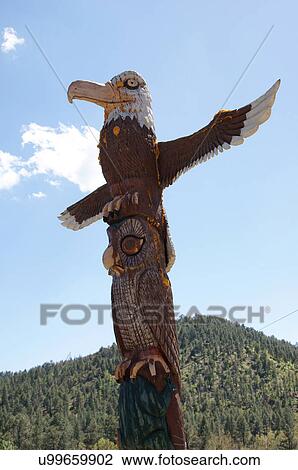
New poles were commissioned for museums, parks and international exhibits and in the late 1960s, totem poles were once again being raised at potlatches. It was only in 2017 that the Haisla First Nation was able to remove and replace an old monumental pole that was not carved or erected according to their customs with a new, Haisla-designed one.Īfter amendments to the Indian Act, the 1950s saw the beginnings of increased Indigenous efforts at reclaiming totem poles.

Poles commissioned by non-Indigenous peoples during this time were, and still are, considered culturally insensitive. Christian missionaries also encouraged the cutting down of totem poles, which they saw as obstacles to converting Indigenous peoples. Until the potlatch ban was lifted in 1951, totem poles were displaced and appropriated by Europeans, taken away from their homes and brought to museums and parks around the world. Beginning in the 19th century, the federal government sought to assimilate First Nations by banning various cultural practices in the Indian Act, including the potlatch, which is the ceremony during which totem poles are often erected. Colonization also threatened the very existence of totem poles. The arrival of Europeans altered the construction of contemporary poles, as they introduced new materials and carving tools to Indigenous peoples through trade in the 19th century. The Coast Salish carve planks of wood that attach to the interior or exterior of their ceremonial houses. The Coast Salish people also make carvings out of cedar, but they are not really totem poles.


First Nations credited with making some of the earliest totem poles include the Haida, Nuxalk (Bella Coola), Kwakwaka’wakw, Tsimshian and Łingít. The practice then spread south along the coast into the rest of British Columbia and Washington state.

Archeological evidence suggests that the northern peoples of the West Coast were among the first to create totem poles before the arrival of Europeans.


 0 kommentar(er)
0 kommentar(er)
